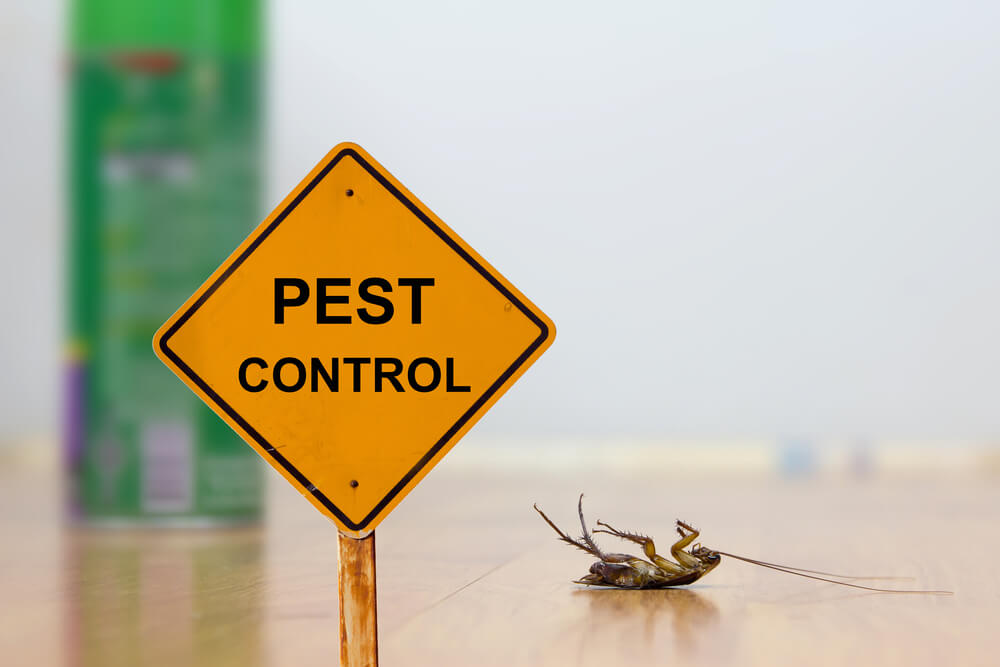
What to Do After Pest Control Sprays?
What exactly do you need to do before and after a pest control treatment in your home? Is your home safe after a treatment?
A pest control treatment for your home will almost always include chemicals of some sort, so you may be wondering whether there are any safety precautions you need to take or anything you need to do in your home to ensure the effectiveness of the treatment.
The next time you call Pest-Ex Pest Control Brisbane to organise your annual pest treatment, make sure you ask any of these questions. All professional pest control companies can provide this information easily and put your mind at ease.
Read on to see what the pest experts have to say about these things.
CLEANING – Before and After
To ensure the best possible effectiveness of your pest control treatment, the best way you can help is by ensuring that your home is clean and well prepared beforehand. Moving furniture away from walls to ensure nooks and crannies can be reached by the technician is incredibly helpful and will reduce the time the overall treatment takes. Pests often love these hard to reach places, so making sure they can be reached by your pest expert will help eliminate them.

It is also imperative that your floors are vacuumed and mopped clean. Pest eggs can be trapped in carpet so vacuuming extensively is a good place to start. It is also important to mop floors because the cleaner the surface, it easier it is for the pesticide treatments to bind to it, which only increases the effectiveness and longevity of the treatment.
Once the treatment has been completed, it is recommended to not mop as frequently, where possible. The perimeter spray is an invisible pesticide barrier that is designed to last between 30-90 days. The areas can still be swept and vacuumed to maintain cleanliness, however the longer the perimeter spray area, i.e. wall edges, skirting boards, and kick boards, can be preserved, the more effective the treatment will be. It is recommended to avoid mopping all the way to the wall edges for the first 6-8 weeks.
PEST CONTROL TREATMENT AND INCREASES IN PEST ACTIVITY
When a home is treated by a pest control technician, there are a number of different treatment types used. In addition to perimeter sprays, an example of another type of effective pest control treatment is dust which is used for pests such as ants, cockroaches, and spiders. It will be applied in areas such as any weepholes, in the roof void and along cracks and crevices. This dust leaves a fine film that helps to eliminate these pests.
What you may notice during the first week or two after your treatment is an increased presence of pest activity. During this phase, a lot of pests will be attracted to and effected by the treatments, resulting in them coming out of their nests and dying. If you’ve had areas such as behind the fridge, dishwasher or washing machine treated, you may notice a lot of dying pests because these areas are particularly popular for pests to hide in.

The first two weeks usually sees the pest population decrease to be about 20% of what it was prior to treatment, and then over the following weeks the remaining pests will be affected by the gel bait, perimeter sprays and dusts that may have been applied. Check this if you want to learn more about affordable pest control tips and tricks for every household.
WHAT ABOUT PETS AND CHILDREN?
The safety of all family members, including pets, is paramount to pest controllers. While we do take every precaution while applying treatments, we think that it’s best to not be in the home while we are doing so. It’s a good idea to take the kids to the park, or the dog for a walk to pass the time while we get to work. Treatments are usually completed after 1 – 1.5 hours with the product taking around 25 minutes to dry. Once the treatments have dried, it is perfectly safe to be home.
Every treatment is unique, so talk to your pest control professional about what to expect and ask any questions you may have – they are there to help.




